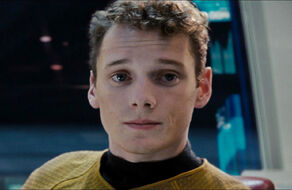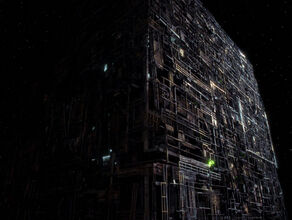--------------------
Welcome back to Character Insight! This week, we continue our review of characters from the Abrams timeline with a look at Pavel Andreievich Chekov.

Although Chekov joins the Enterprise as a junior office rotating around various stations as the age of 22 in the prime timeline, the Chekov of the Abrams timeline is an even younger child prodigy who comes aboard the Enterprise as a 17 year old ensign. Chekov is the most obvious example of the primary difference in this timeline, that being the forcing of the major crew members into their roles at a much younger age than in the original timeline.
In this timeline, Chekov serves as a navigator who has a special talent at running the transporter. Chekov is top in his academy class at stellar cartography and transporter theory, which makes sense given that he can calculate transporter paths faster than the ship's computer as evidenced in Star Trek 09. Chekov also comes up with the plan to drop out of warp near one of Saturn's moons to mask a beaming of Kirk and Spock aboard Nero's vessel in the plan to save Earth.
Unfortunately, that turns out to be Chekov's only real memorable moment thus far other than running the transporter. Of all the characters in Into Darkness, Chekov is one of two that really took on a reduced role with few memorable moments, along with Sulu. Unlike Sulu, who gets a chance to show an affinity for command in a nod to the original timeline, Chekov does not move forward in character development much as he ends up stuck being Scotty's replacement in a hopeless sabotage situation.
Of course, Chekov has partially taken Scotty's role of transporter expert and temporary chief engineer, so he may be tracking into a much different character mentored by Scotty rather than leaning toward science officer and navigator in the original timeline. That would be an interesting big break, something that has not been used much thus far in this timeline. One would hope the writers make more of a role for Chekov if possible in the third Abrams movie.
Our notable quote this week comes from the Star Trek 09:
"I can do that!...I can do that!....move, move, move, move...I can do that! (running to transporter)."
Actor: Anton Yelchin plays Chekov in the Abrams timeline. Yelchin has been acting since the age of 11, over half his life. He can recently been seen as the title character in Odd Thomas, an adaptation of a Dean Koontz thriller, and heard as the voice of Clumsy Smurf in the Smurf movies.



